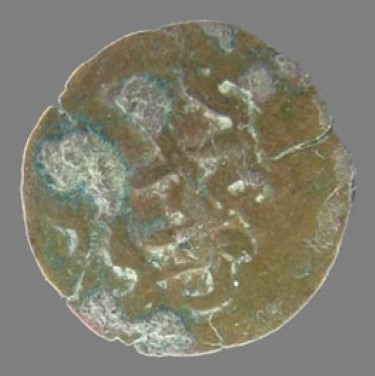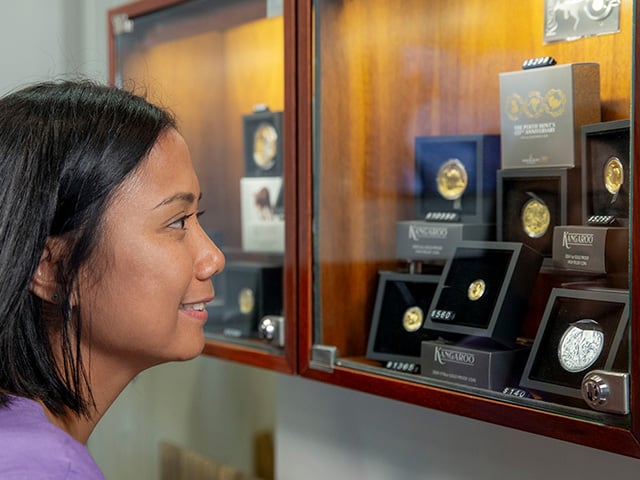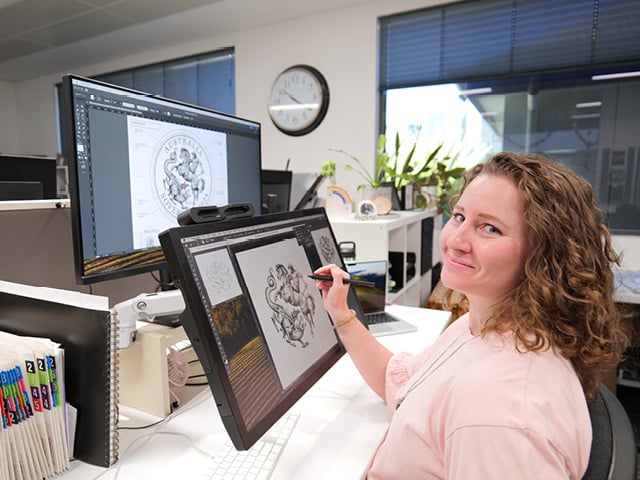How did ancient African coins wash up on a Northern Territory island

In 1944, Australian soldier Maurie Isenberg was assigned to a forward radar station at Jensen Bay on Marchinbar Island in the Northern Territory. While fishing in his spare time he spotted several coins in the sand and placed them in an airtight tin where they remained for 35 years.
In 1979, Isenberg sent the coins off for examination. Several were identified as Dutch East India Company coins, with one dating back to 1690. The other five were copper coins from the medieval Kilwa Sultanate, centred on an island off the east coast of Africa.
How and why do five Kilwa coins, dating from the 1100s to 1300s, find their way to a remote Australian island on the other side of the Indian Ocean?
One man who is hoping to find out is professor of anthropology Ian S McIntosh, an Australian who works at the Indiana University-Purdue University in Indianapolis.
Later this year he is leading a team including an historian, anthropologist, archaeologist and geomorphologist to survey the discovery site with a view to applying for an excavation permit.
An expert in Aboriginal religions and cultures, McIntosh is superbly qualified for the task ahead. He’ll work in partnership with the site’s senior Aboriginal custodians and has Aboriginal rangers on the team.
Their starting point is a map on which Isenberg marked an ‘x’ shortly after finding the coins.
The initial work, which has financial support from the Australian Geographic Society, includes site surveys, mapping, recording, soil testing, and coastal erosion analysis. Hopefully, it will provide clues to so many unanswered questions about the discovery of ancient African coins in Australia.

“Multiple theses have been put forward by noted scholars and the major goal is to piece together more of the puzzle,” McIntosh said. “Is a shipwreck involved? Are there more coins? All options are on the table but only the proposed expedition can help us answer some of these perplexing questions.”
One of the ancient African copper coins discovered on Marchinbar Island in 1944, which could raise the possibility of shipwrecks along an early maritime trading route.
(Picture: Michael B. Owen, SEP Consultancy.)















